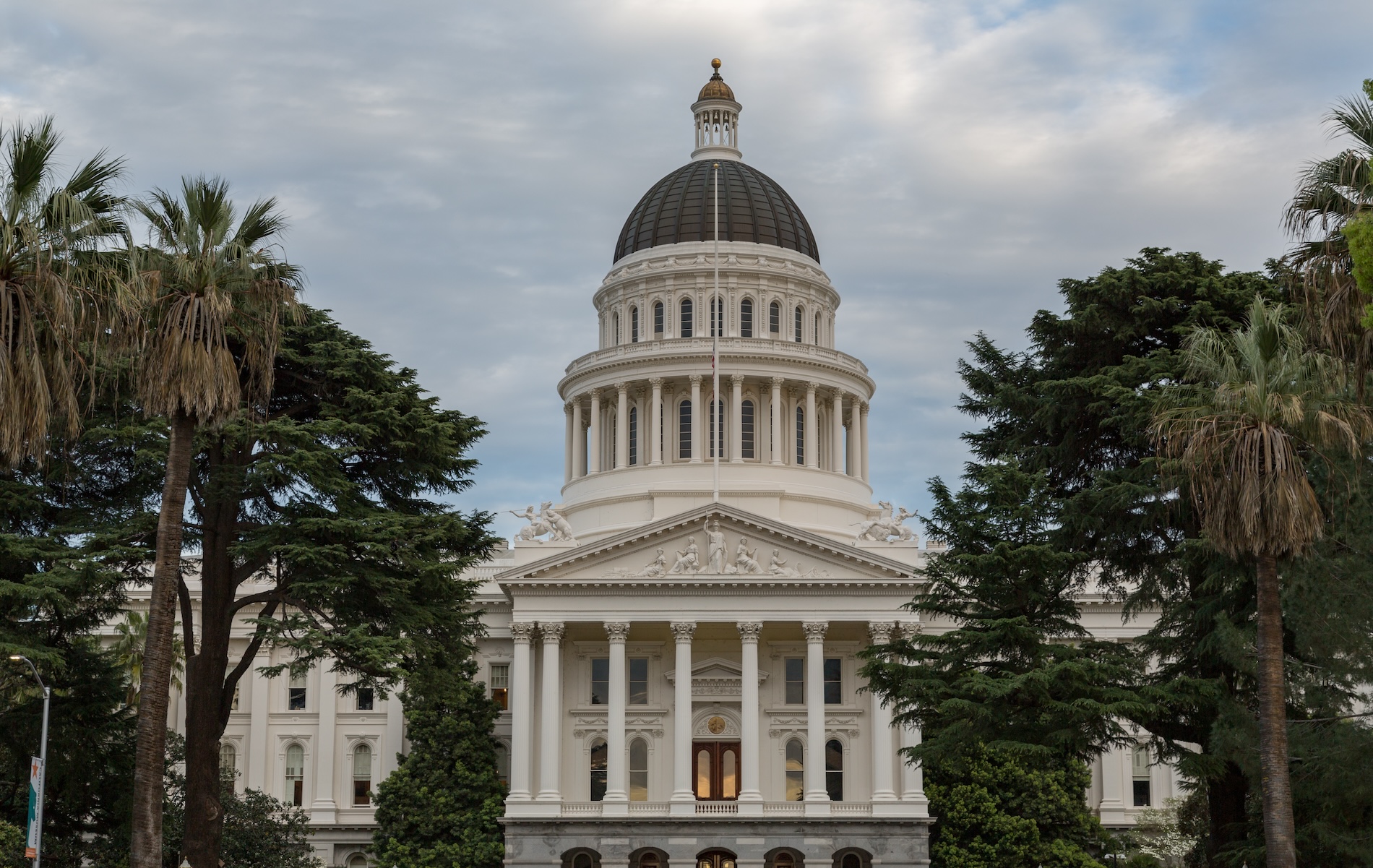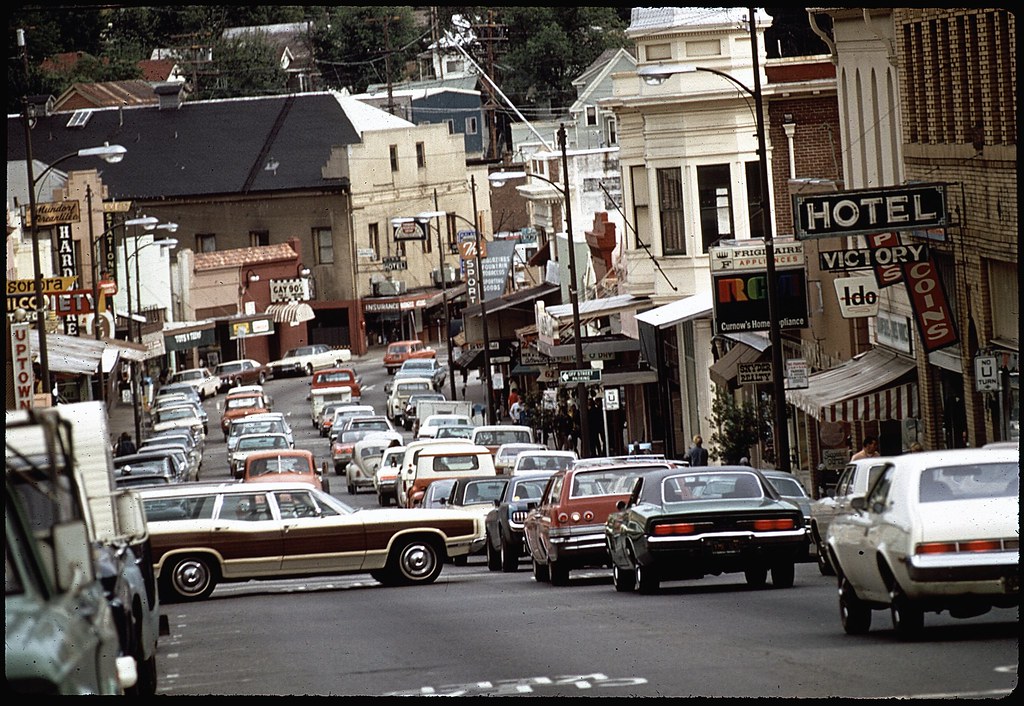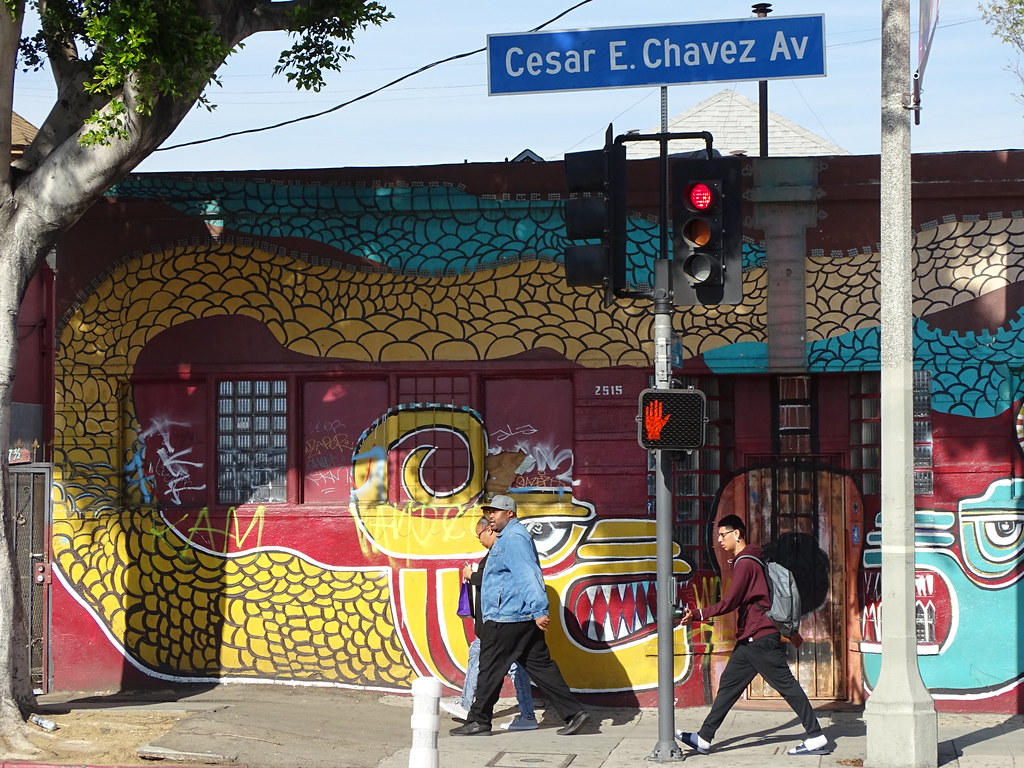California is one of the most expensive states to live in within the U.S. With the steady rise in home prices, rent ballooning, and the unhoused crisis increasing, people living in the Golden State are having trouble finding affordable housing.
As people flee the state to find an affordable place to live, it’s hard to wonder if California brought the housing crisis on itself. Let’s see if we can explain the California housing crisis and if there is a solution to this problem.
How Did California’s Housing Crisis Start?

The housing crisis in California started back in the 1970s. The postwar boom helped the inflation that took the national and statewide house markets by storm. Generations of California Democrats would follow the policies created by Richard Nixon and Ronald Reagan, supposedly for environmentally friendly reasons.
With Americans measuring success based on adult milestones like buying a house, the housing market became a viable source of income that would never lose value.
Politics Weren’t the Only Issue

William Fischel told Fortune that politics were not the only issue that was plaguing California’s housing market. Fischel said that zoning and land-use regulation were not taken seriously, and that “the impetus for most land-use regulations comes from the bottom up, from residents of a community.”
“California is starting to look different from the rest of the country,” Fischel said about the state’s housing market in the ’70s and ’80s. With less housing being built, prices began to deviate from the national median. “The problem isn’t a failure of government operation, it’s rather, its success,” he said.
Why Did This Happen Only In California?

Well, it didn’t. Housing prices increased across the country, and economic fairness was not in the minds of Americans, be that the common man or those in the government. The New Deal ethos that had pulled the U.S. out of the Depression was replaced by “the social responsibility of business is to increase profits,” according to Milton Friedman (via The New York Times).
“A certain kind of economic fairness was the American way,” Kurt Andersen told Fortune of the time following World War II through the 1970s. “Then it was not anymore; it was all on you.”
When Did California Become Aware of the Problem?

While the signs of housing prices spiked in the ’70s, housing policy analyst Darrell Owens suggested that the state knew the problem existed in the 1980s. Rather than do something to stop the problem from swelling, the “Reagan revolution” and the fear of overpopulation had “turned California into a gated community,” Owens told Fortune.
Out of this fear and individualistic need, the California Environmental Quality Act, conditional-use permitting, and discretionary approval were born.
The Failure of Politics and Good Intentions

The California housing crisis has layers of policymaking that allowed new housing to come from good intentions. The California Environmental Quality Act and Nixon’s Environmental Protection Agency, which was established shortly after, were intended to prevent or minimize damage to the environment through development.
Unfortunately, the law “became weaponized as a tool to block unwanted development that can be used by highly organized homeowners, not necessarily to protect the environment,” Jenny Schuetz, a senior fellow at Brookings Metro, told Fortune.
The Crises Followed Into the 1980s

The Reagan administration did not help California’s housing crisis. After reducing the funding for the Department of Housing and Urban Development from an estimated $32.2 billion to $7.5 billion during his presidency, Reagan’s administration seemed to turn a blind eye to the housing policies and a rise in homelessness that started to affect the nation.
This system put in place rewards for the wealthy and penalized the poor.
What Does California Look Like Today?

While Gov. Newsom has signed 56 bills into law to help incentivize housing development, the Golden State is still home to 22% of the nation’s unhoused population. But the state’s housing crisis is larger than the unhoused crisis.
Nearly all renters pay more than 30% of their income toward rent, with a third paying more than 50% of their income toward rent. With a median rent that is nearly 40% higher than the national average, it’s not hard to understand why people are feeling the burden of rent. Housing prices are nearly twice the national average.
California’s Housing Crisis Can Be Summed Up with One Apartment Building

The housing nonprofit organization, A Community of Friends, was gifted land by the city of Los Angeles 16 years ago. The land was supposed to be the home of a 49-unit apartment building that would provide housing to people with mental health concerns or who had been unhoused.
ACOF has built several locations throughout Los Angeles and currently houses over 2,700 people in their buildings, according to its website.
The City Begins to Add Mandates to the Project that Will Cause Problems with Locals

The builders of this property first had to get approval for the project. Jose Huizar, who was serving as a city councilmember for Los Angeles before he was eventually arrested and charged with racketeering conspiracy and tax evasion, said the building needed more commercial space.
ACOF had to then get approval from the Boyle Heights Neighborhood Council to add the commercial space to the building, but business owners protested that they did not want these types of residents in the neighborhood.
The Politics of the ‘70s Come Back with a Lawsuit

The business owners sued the builders after the neighborhood council voted with the builders, citing the California Environmental Quality Act to stop the project. According to the Washington Examiner, the builders eventually settled with the business owners out of court over the dispute.
On top of the lawsuit, the state mandates, like higher energy-efficiency standards and bike storage, never seemed to stop adding up.
Is There a Solution to the California Housing Crisis?

The building was eventually constructed, but the price tag made it clear that the effort might have not been worth it. The progressive efforts made to protect the environment have made it more challenging for builders to create more housing. It doesn’t help that the state keeps adding small, seemingly insignificant mandates to projects when it won’t invest in projects to make these mandates seem practical.
Will California start to prioritize affordability over the environment? Looking at how long this problem has been going on for, there is no quick end in sight. Rather, middle-class families are departing, leaving California with a staggering wealth gap and problems that some people would rather sue over than find a reasonable solution.
